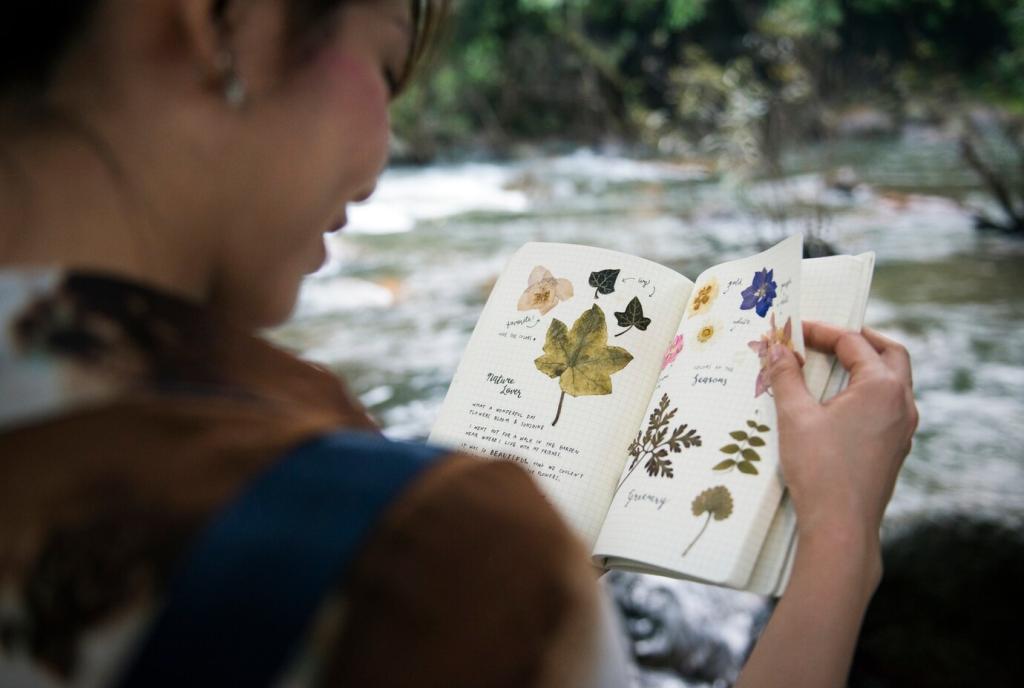
Narrative Techniques for Communicating Green Architecture
Chosen theme: Narrative Techniques for Communicating Green Architecture. Welcome to a space where sustainable design speaks like a living story—full of characters, stakes, and hopeful endings. Let’s make performance, materials, and place unforgettable.
The Hero’s Journey for Sustainable Buildings
Begin with a clear conflict: rising energy bills, summer heat, or flooding basements. Invite readers into stakes they feel daily, then reveal how the design pursues comfort, dignity, and stewardship.
Data Storytelling that Feels Human
Reframe energy savings as everyday experiences: fewer drafts on winter mornings, or funds redirected to library books. Tie metrics to moments families and teams discuss over dinner or coffee.

Data Storytelling that Feels Human
Show an honest baseline, the design intervention, and the long-term ripple. A simple triptych helps viewers grasp progress, anticipate benefits, and stay curious about ongoing performance updates—subscribe for follow-ups.
Metaphors, Frames, and Language that Stick
Nature as Co-Author
Describe the building as listening to sun, wind, and rain. A façade becomes a leaf; vents breathe; courtyards gather dew. Poetic framing helps passive strategies feel intuitive and generous.
The Building as Ecosystem
Instead of isolated systems, present interdependence: shading protects comfort, which reduces cooling, which preserves grid capacity during heat waves. The narrative reveals cascading benefits without heavy jargon.
Audience-Specific Frames
Residents may value calm and savings; investors, risk reduction and stable returns; city officials, resilience and public health. Tailor metaphors so each group recognizes its goals in the story.
Place-Based Narratives and Community Voices
Begin with guided walks and listening sessions. Record how residents describe summer heat or winter drafts. Their language becomes the seed vocabulary for design intentions and communication materials.


Place-Based Narratives and Community Voices
Spotlight the custodian who notices easier maintenance after low-flow fixtures, or the teacher whose students focus longer with daylight. Small, truthful moments often persuade more than grand claims.
Material Journeys and Circularity Tales
The Second Life of a Beam
Tell how a salvaged beam once held up a warehouse dance floor, now spanning a library reading room. Patina becomes provenance, and carbon savings gain a human heartbeat.
Transparency Labels as Plot Devices
Unpack Environmental Product Declarations like character backstories. What’s the embodied carbon? Where was it made? The disclosure journey builds trust and invites smarter, repeatable purchasing habits.
Waste-to-Resource Arcs
Show offsite cuts reborn as benches, and packaging reimagined as acoustic panels. Invite readers to contribute upcycling ideas or photos of their own circular successes—join our newsletter to collaborate.
Senses, Biophilia, and Emotional Resonance
Writing with Light and Air
Describe how morning light travels across a stair, how cross-ventilation cools skin after a meeting. Sensory detail helps daylighting and natural ventilation land as lived improvements.


Soundscapes of Care
Contrast the brittle clatter of untreated corridors with soft green walls and plantings that calm echoes. Pair acoustic relief with wayfinding and access to views for holistic wellbeing.
Walk a future resident through 2030 summers, showing cool courtyards and shaded streets. Return to the present with a clear roadmap connecting today’s decisions to tomorrow’s relief.
Futurecasting and Time-Travel Narratives
Narrate a storm day: floodable ground floors, backup power zones, and neighbors sharing cooled community rooms. Preparedness reads as generosity when the plot centers people over infrastructure.
